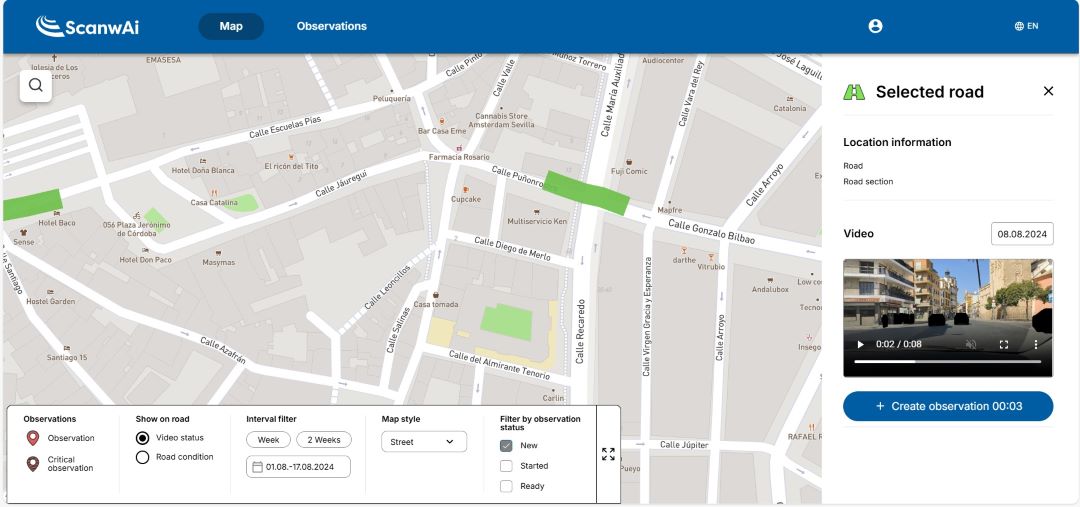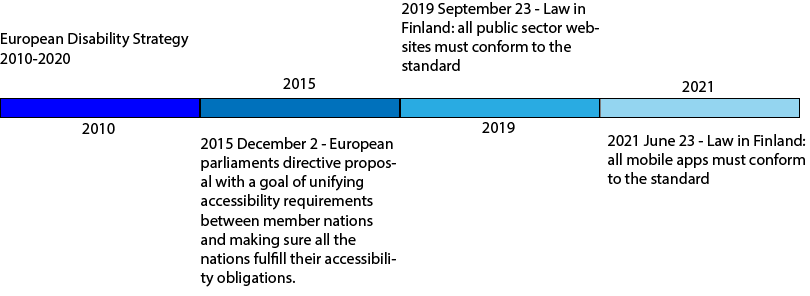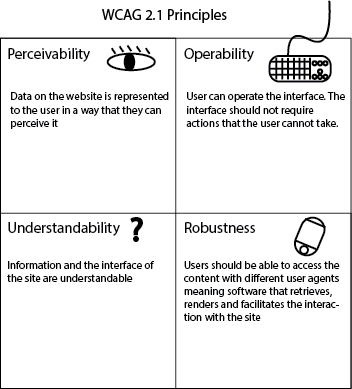Finnish company Varjo, founded by four former Nokia and Microsoft employees, is a pioneer of the ongoing transformation enabled by virtual and mixed reality.
Varjo’s human-eye resolution VR and XR headsets are designed for demanding professional use and are the leading products in their field. Varjo’s headsets are already used for training astronauts and pilots, in the design of many of the world’s top car brands as well as in medical imaging and university research projects around the world.
– For example, a car designer can make changes in CAD software and immediately see what the car’s stitching looks like on the seats or what font size fits the instrument panel best. The iteration cycle can be reduced to just minutes, says Urho Konttori (photo), Varjo’s Chief Innovation Officer and one of the company’s founders.
In the next few years, immersive virtual reality will be increasingly used for training car and professional vehicle drivers, defence sector training, and for teleworking in companies. At the same time, as the high-resolution headsets become available to consumers, people’s perceptions regarding the possibilities for entertainment and different kinds of experiences will be revolutionized.
PROTOTYPE SPARKED AN AMBITIOUS STARTUP
– In the summer of 2016, we were getting to know Finnish startups and the world outside the giant companies. With the CEO of Umbra 3D, we thought that video-based mixed reality could be an interesting opportunity for the future. I made a quick prototype in a couple of days. He thought that this prototype would be the future of mixed reality, and asked if I could show it to the investors, says Konttori.
Finnish early-stage private equity investor Lifeline Ventures immediately recognized the potential of the product.
– We presented the prototype, and 20 minutes later, walked out with a million euros, feeling a little confused, with a request that we should have a founding team ready in one week.
Varjo’s cooperation with Business Finland started from the get-go when the small startup was developing the core technology for its product.
– From the beginning, our attitude was to operate as if we were a world-class company. The quality level had to be of the same standard, both in terms of external visibility and internal operations. As soon as an innovation was born, it was protected. The first patents were filed with the US Patent Office when the company was a couple of months old, recalls Konttori. Business Finland’s first-year support package was vital for us. The company would have gone bust without it.
MEDIA VISIBILITY BOOSTED THE FUNDING ROUND
Another Nokia colleague, Jussi Mäkinen, was recruited to lead Varjo’s marketing before the A-series financing round. The strategy was to make a big media splash when the funders were ready to push the button.
– We hired a top PR agency that got us interviews with CNN, the New York Times and MIT Technology Review, as well as visibility throughout the technology press. We had great articles saying, ‘A Finnish startup shows us the future of virtual reality’. It was fairly easy to complete the financing round after that, says Konttori.
Varjo selected Nordic EQT Ventures as the lead investor from about 20 investor candidates. Varjo received EUR 8 million in cash and, almost at the same time, a EUR 6.7 million loan from Business Finland.
– EQT funded the product development, validation and testing, and the loan took us straight to the next level in operations. Otherwise, we would have needed a new financing round in six months or had to give a lot more shares to the investors. The loan gave us the courage to move forward faster and stronger.
INTERNATIONAL BREAKTHROUGH
During a development phase that lasted about a year, Varjo’s personnel grew from 15 to more than 50. The startup’s Series B financing raised about EUR 27 million and brought Niklas Zennström, the founder of Skype and venture capital firm Atomico, to Varjo’s board. Siemens’ venture capital firm Next47 also participated in the round which Varjo used to finance the factory production of its first devices. The VR-1 headset, launched by Varjo in early 2019, received an enthusiastic reception, and the breakthrough was reinforced by the success of the VR-2 and VR-2 Pro headsets. And now with VR-3 and XR-3 headsets published in December 2020.
– At the end of the year, we launched the XR-1 Developer Edition headset, which in a way was the culmination of what we set out to do at that first investor meeting, says Konttori. The seamless combination of the real and virtual worlds delivered by the 10.000 dollar XR-1 headset even made an experienced CNET journalist cry: for him, testing Varjo’s headset was the first time that VR looked good enough to replace television and everyday screens.
BUSINESS FINLAND STRONGLY INVOLVED
In summer 2020, Varjo used Business Finland’s corona funding to produce a series of webinars to support its customer relations work. Business Finland also helped Varjo find a partner to prepare its EU Horizon 2020 funding application, which resulted in more than two million euros in direct support.
– Business Finland has been involved since the beginning and helped us to grow from a small unknown startup to the world’s leading VR and XR equipment manufacturer. It’s quite an incredible achievement, says Konttori, who thinks that Business Finland’s operating model is unique in the world.
– When I talk to startups at our level – whether Swedish, American or British – they are always stunned that such a support network exists and that Business Finland’s loan financing can be almost as much as the capital investment raised by the startup. For example, a loan of EUR 5-7 million is of huge importance to startups. It is a unique factor that helps to scale Finnish companies to the global market.
NEW DIMENSIONS AND IMMERSIVE EXPERIENCES
According to Konttori, the fourth information technology revolution is now underway, where VR and XR headsets are entering the world of work and everyday life alongside mobile computers, offering new dimensions and methods of use.
– In the future, you can transport yourself to any museum in the world or enjoy any ballet performance from the best seat in the theatre. In about five years, the technology will be ripe enough for the transformation to really take off, Konttori predicts.
The uncertainty created by the COVID-19 pandemic has not weakened investors’ confidence in Varjo, whose turnover has by now increased substantially. The company’s Series C financing round, completed in August 2020, raised EUR 45.7 million. At the same time, Varjo has been strengthening its reseller network in Europe, Asia and North America. The startup’s rapid growth so far is just the beginning.
– We first set out to solve the most difficult challenges for large corporate clients. Next, the intention is to do the same for smaller companies and to expand the customer base considerably. Also, we would not have set out to build an accessible brand if the goal was not to scale the company significantly along the way.
Read the original case story on Business Finland’s website.


 HSL Journey Planner is a service provided by Helsinki Region Transport (HSL) that in essence provides users the quickest route from point A to point B using multimodal routing. On top of getting the user to their destination in time, HSL Journey Planner also provides information about closest stops, routes, possible disruptions and vehicles in real-time.
HSL Journey Planner is a service provided by Helsinki Region Transport (HSL) that in essence provides users the quickest route from point A to point B using multimodal routing. On top of getting the user to their destination in time, HSL Journey Planner also provides information about closest stops, routes, possible disruptions and vehicles in real-time. Last winter HSL.fi and its Journey Planner part was overhauled and a new version was released. The new version of the UI focuses on giving users the most essential information by reducing noise, and providing more contextual information such as the closest stops near the user.
Last winter HSL.fi and its Journey Planner part was overhauled and a new version was released. The new version of the UI focuses on giving users the most essential information by reducing noise, and providing more contextual information such as the closest stops near the user.
 WCAG2.1 standard provides four basic principles, which are base for set of requirements that aim to ensure that as many people can access the information as possible. Fulfilling the WCAG2.1 standard does not automatically mean that the site is accessible by everyone but it is the best unified standard we have available.
WCAG2.1 standard provides four basic principles, which are base for set of requirements that aim to ensure that as many people can access the information as possible. Fulfilling the WCAG2.1 standard does not automatically mean that the site is accessible by everyone but it is the best unified standard we have available.